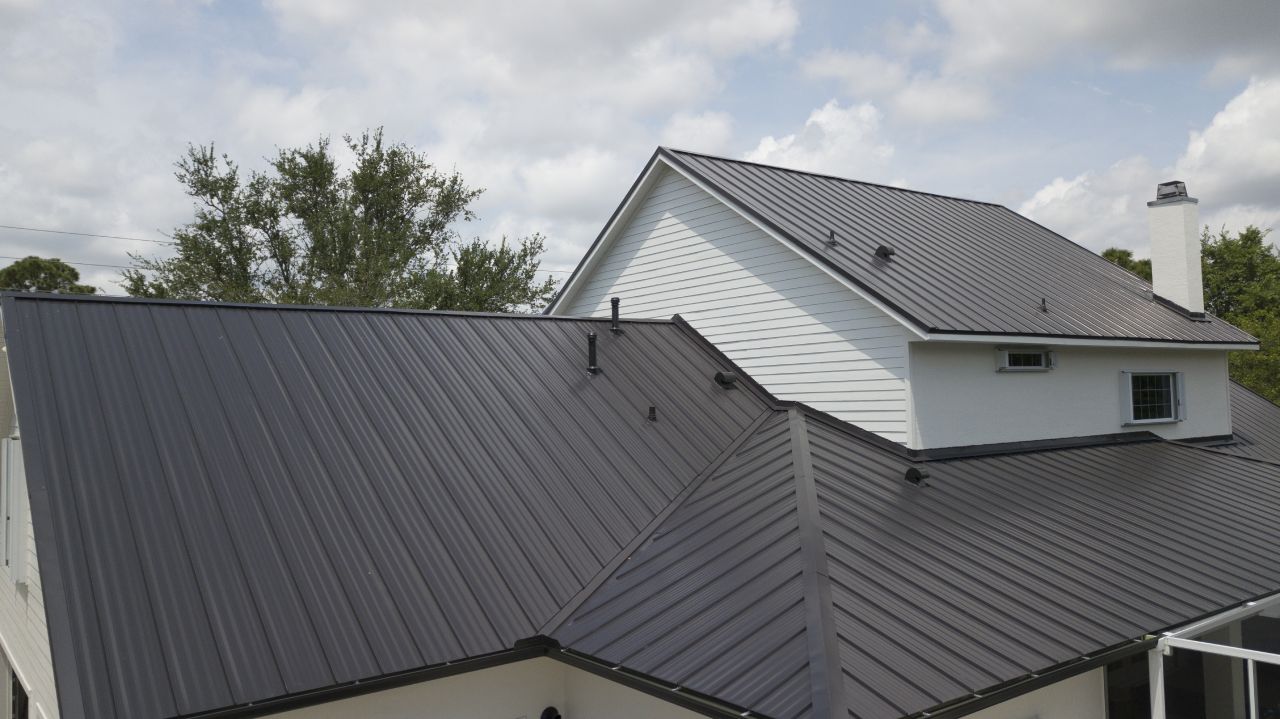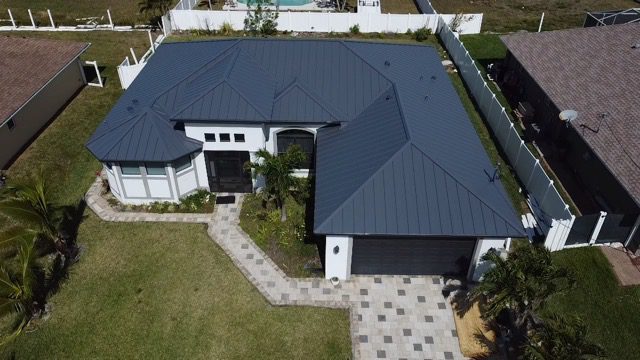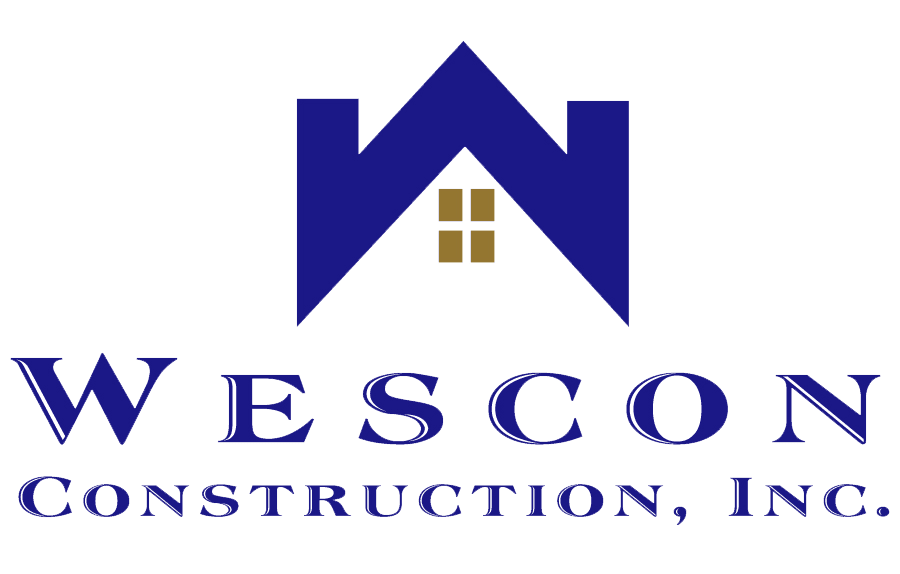Is your roof in good shape? Don't guess. A lot can go wrong above your head without showing clear signs inside your home. That’s why online roof health scans are becoming such a practical first step for homeowners. With just your address, experts can analyze satellite images of your roof and flag potential issues—often before you even know they're there.
Why Roof Scans Matter More in Florida
Florida homes deal with sun, heat, wind, and storms that can slowly weaken roofing materials. By the time water makes it inside, the roof’s structure is often already compromised. But AI-powered scans use up-to-date imagery and predictive analysis to catch risks early—like missing shingles, soft spots, or signs of ponding on flat roofs.
Even something as minor as a lifted shingle can lead to serious issues if moisture sneaks in. And the process is quick: submit your address, and within a day, you’ll get a report outlining what’s going on and what might need attention.

What the Online Roof Health Report Tells You
These reports are more than just a top-down image of your house. They often include details about surface condition, roof pitch, material aging, and potential vulnerabilities after storms. Color-coded risk maps can highlight areas that may not be obvious from the ground.
A smart scan helps homeowners decide whether it's time for a minor repair or if a full inspection by roofing contractors is worth scheduling. Either way, it takes guesswork out of the equation.
What Happens if You Wait Too Long?
Roof issues tend to follow a predictable progression. What looks fine today might begin to unravel faster than you'd expect once minor damage takes hold. Here’s how that typically plays out:
1. Storm Impact (0–1 month)
Shortly after a strong storm, small defects often emerge—things like dislodged shingles, dented flashing, or minor punctures. These early signs are easy to miss from the ground, but they mark the beginning of your roof’s compromised state. Even if there’s no immediate leak, the surface is no longer sealed as it should be.
2. Hidden Vulnerabilities (1–2 months)
As those early cracks and weak points linger, moisture slowly finds its way in. At this stage, the damage still isn’t obvious—but that’s what makes it risky. This is also when many insurers may reject a home insurance claim for roof damage based on the argument that the issues stemmed from neglect rather than sudden impact.
3. Structural Spread (2–4 months)
Moisture starts to travel beyond the surface. Water may pool beneath shingles, saturate the underlayment, and start weakening the decking. Mold and rot can set in quietly, expanding the affected area well beyond the original entry point. Waiting too long at this point often leads to higher repair bills and a cost breakdown to replace roof in Florida that’s hard to ignore.
4. Major Damage (4–8 months)
The roof’s internal structure begins to suffer. Moisture seeps into rafters and insulation, leading to visible mold, ceiling stains, and declining indoor air quality. Insurance support becomes harder to secure, and repair timelines grow longer and more expensive.
5. Full Roof Failure (8–12 months)
By this point, most of the roof’s surface needs replacement. Water has likely entered key areas, and health risks from mold increase. Replacing your roof isn’t just an option—it’s a must. Here's where knowing the cost of roofing materials comes in handy.
When Should You Get a Roof Scan?
Right after a storm is smart. So is any time your roof is more than 10 years old. But even newer roofs can develop problems—especially in Florida’s heat and coastal regions. Getting a scan after your area gets hit by wind, hail, or heavy rain helps you catch damage early.
It’s also helpful if you're thinking about getting a new roof soon. Scans can help you compare timing and options based on real data—not just estimates. Plus, they’re useful for comparing different roofing options, especially when considering newer materials or solar setups.
You can also use online tools to plug in your data and compare your scan results to local benchmarks. That includes calculating average material lifespan or price per square foot in your ZIP code. Having this context helps you evaluate quotes and choose from available roofing contractors.

Why It Beats Traditional Inspections
Traditional roof inspections can take time. You usually have to schedule an appointment, wait for someone to come out, and then climb on your roof. With an online roof health report, you skip all of that. Just enter your address and get a clear picture of your roof’s condition without ever leaving home.
Unlike in-person inspections, AI-powered scans aren’t affected by bad weather or scheduling delays. The analysis is based on clear, high-resolution images and runs through the same checks every time. That means no missed spots, no guesswork—just straightforward insight based on data.
It’s especially helpful if you’re managing a rental, planning a sale, or trying to stay ahead of costly repairs. You don’t have to wonder if now’s the right time to act. The report gives you what you need to decide if your roof can wait—or if it’s time to call someone in.
What Happens After the Scan?
Once you get your report, you’ll know if your roof is secure, aging, or actively at risk. If everything checks out, you can relax and move on. If something looks off, it’s worth bringing in a pro.
After receiving their scan results, many homeowners take the next step by arranging a professional inspection or requesting repair estimates. The scan serves as a reliable starting point, providing the clarity needed to make informed decisions without delay.
If you're not quite sure how to proceed, Wescon’s experienced team can guide you through the process. With deep knowledge of Florida’s unique weather patterns and building codes, they’re well equipped to interpret your scan and help you translate it into a clear, actionable plan.
The Instant Estimate Advantage
A growing number of services now offer instant roofing estimates with just your address. These tools combine aerial imagery and regional cost databases to deliver a price range based on your home’s square footage and material choice. Whether you’re considering asphalt shingles, tile, or even solar, you can quickly assess potential investment levels.
Some platforms even let you compare multiple materials side by side, helping you weigh pros, cons, and budget impact. Just like online mortgage calculators, these tools aren’t exact, but they’re close enough to start planning intelligently—and avoid surprises down the line.
